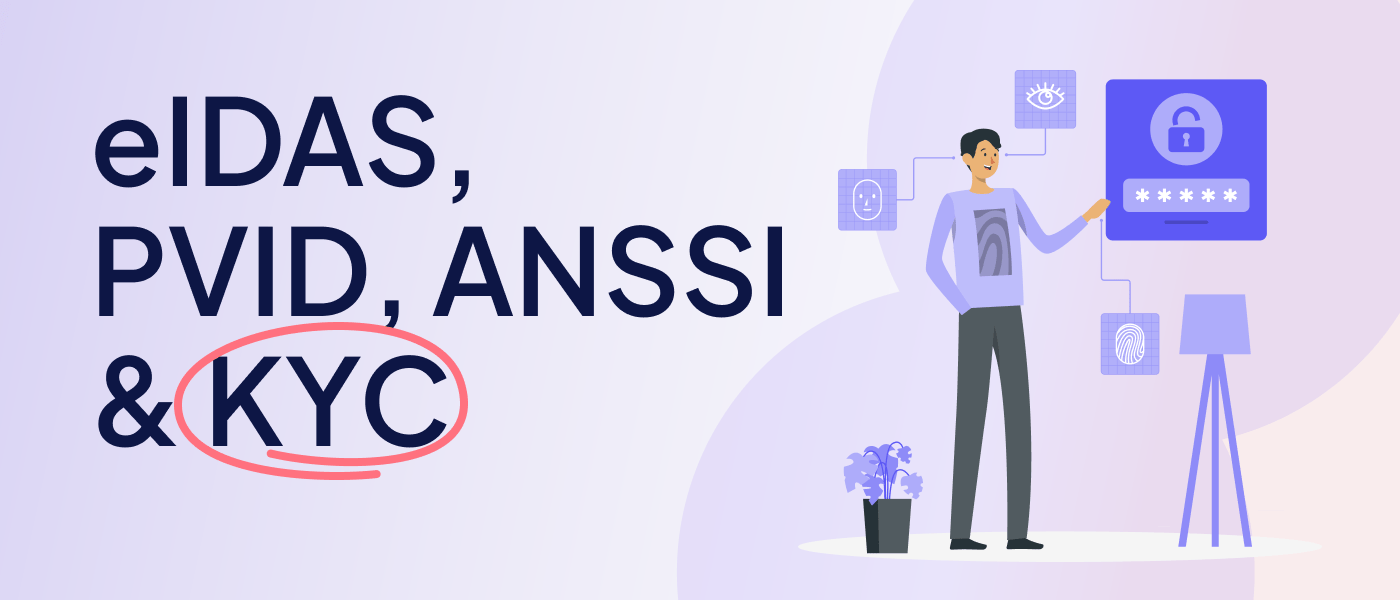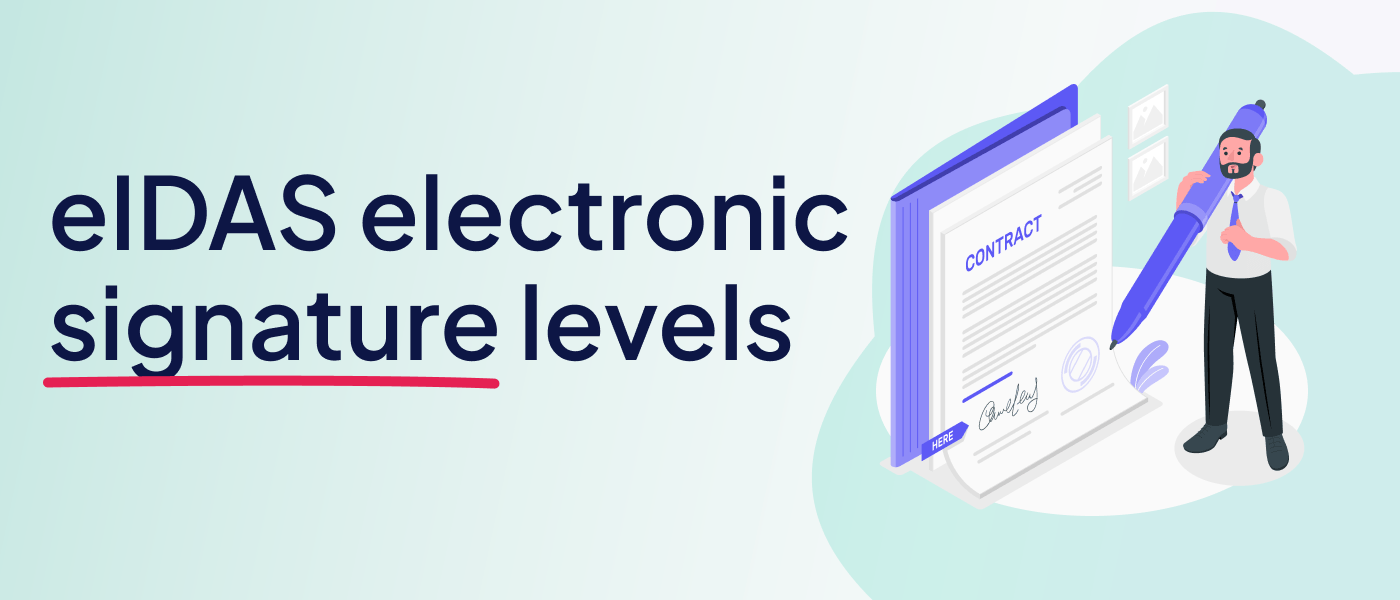Partager :

Navigating Compliance Waters: eIDAS vs PVID ANSSI KYC in Digital Identity Verification
Navigating the world of digital identity verification can often feel like a labyrinth of acronyms and regulations. Among these, eIDAS and PVID ANSSI stand as critical frameworks that shape the European financial services landscape. However, understanding the distinction between the two is crucial for financial institutions. With insights from QuickSign, a leading European SaaS platform for digital onboarding, we will illuminate the differences between KYC that arises from eIDAS and KYC driven by PVID ANSSI.
eIDAS: A Pan-European Framework
eIDAS, or electronic Identification, Authentication and Trust Services, is a European Union regulation that standardizes electronic transactions across EU member states. The regulation outlines the criteria for electronic identification. Besides, it provides a legal framework for digital signatures, timestamps, and related trust services, such as KYC. eIDAS serves to facilitate cross-border electronic transactions, promote trust, and ensure the security of online services. It is recognized by all Member States.
PVID ANSSI: A French National Standard
PVID ANSSI, on the other hand, is a digital identity framework established by ANSSI, the National Agency for Information Systems Security in France. This standard provides guidelines for KYC procedures, specifically focusing on the validation of remote proof of identity (PVID). The PVID ANSSI framework is aimed at facilitating secure digital transactions within France by ensuring reliable identity verification procedures. It is currently not recognized beyond the French borders.
Key Differences
The primary difference between eIDAS and PVID ANSSI lies in their scope and focus. eIDAS provides a comprehensive, pan-European framework for all trust services, including electronic signatures and identification. At the same time, PVID ANSSI focuses exclusively on identity verification procedures within France.
Moreover, eIDAS provides a legal framework for trust services across all EU member states, enabling cross-border recognition of electronic identification. In contrast, PVID ANSSI KYC focuses on national KYC procedures, with its standards tailored to the specific needs of French financial institutions.
QuickSign recommends relying on other KYC protocols compliant with the eIDAS framework to ensure a healthy mix between performance, security and compliance.
QuickSign: Mastering Both Standards
Navigating these regulatory landscapes can be challenging. That’s where QuickSign comes in. Our cutting-edge digital onboarding platform is designed to comply with eIDAS, either with PVID ANSSI or with another KYC protocol. By leveraging our advanced technology stack, financial institutions can ensure they meet all regulatory requirements while delivering a seamless and secure onboarding experience.
- ID Pulp is our eIDAS certified service, available for all Member States.
- ID Fence is our PVID ANSSI service, currently under certification and available for France, exclusively.
In conclusion, understanding the distinctions between eIDAS and PVID ANSSI KYC is critical for financial institutions operating in Europe. At QuickSign, we navigate these compliance waters with confidence and market-specific advice. Ensure that performance is at the heart of security and compliance–ensuring a smooth and secure digital journey for customers and above market results for financial services.
Written by Ahmed B.
More posts on this topic


